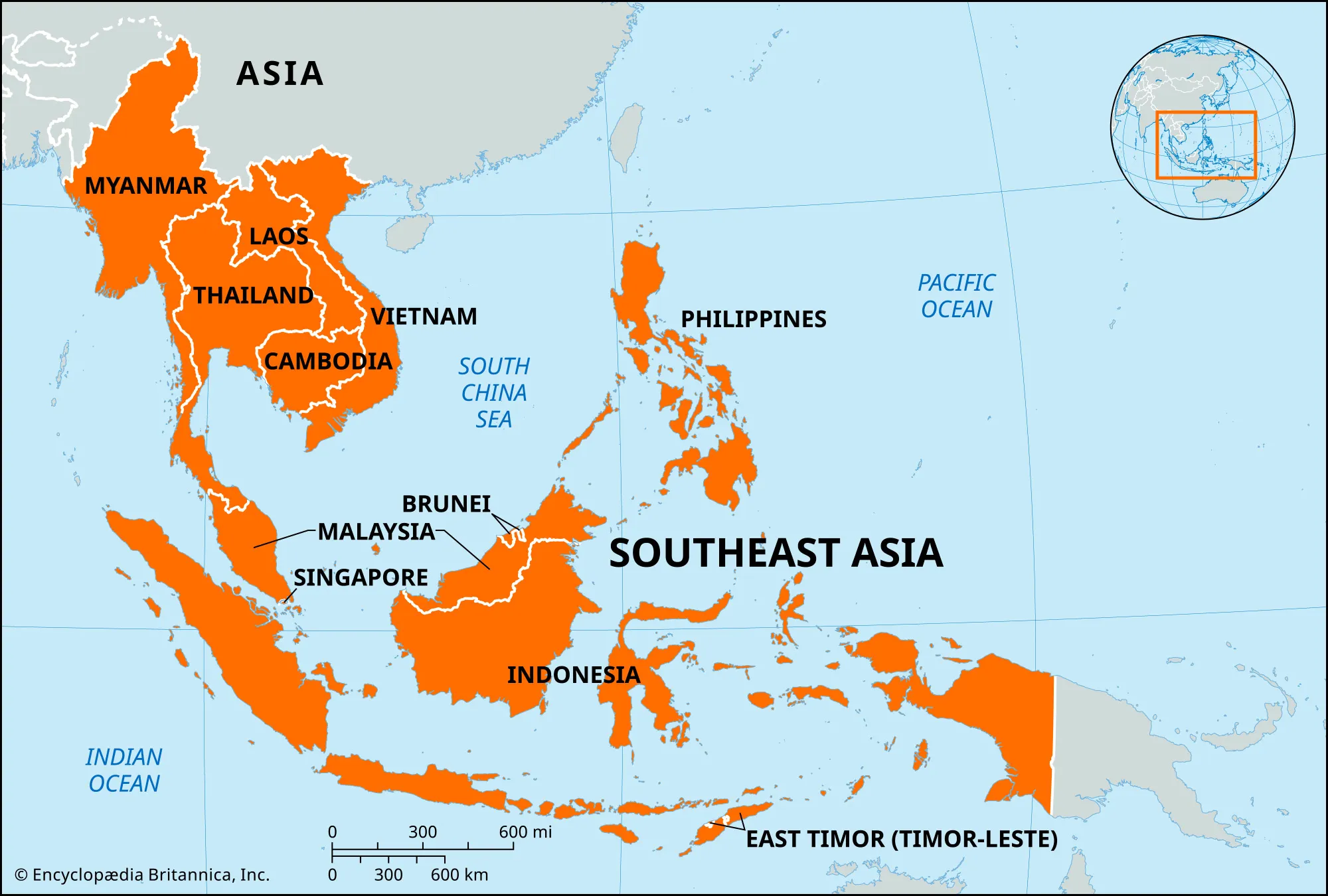Profit discipline defines new Southeast Asia innovation era
ASEAN digital funding slips to USD 7.7 b as investors pivot; (NYSE:SE) and (NASDAQ:GRAB) gain as profitability discipline returns to regional tech.

Private investment in Southeast Asia’s digital economy has entered a phase of structural recalibration. After peaking at USD 25.4 billion in 2021, regional venture and growth funding declined to USD 7.7 billion in 2025, representing only 1.1% of global private-capital deployment versus 2.6% four years earlier. This divergence underscores both a cyclical correction and a maturing capital-allocation paradigm that increasingly rewards profitability and governance over expansion.
Mechanistically, funding contraction stems from three forces: global monetary tightening, slower Chinese capital participation, and internal market saturation. Benchmark policy rates across ASEAN averaged 5.1% in 2025, 230 bps higher than pre-pandemic levels, compressing venture leverage. Chinese outbound venture flows fell 42% y/y as Beijing prioritized domestic AI and semiconductor initiatives. At the same time, e-commerce penetration across Indonesia, Vietnam, and the Philippines reached 77% of total retail engagement, limiting new user growth.
Yet the retrenchment is not purely negative. Aggregate digital-sector revenues rose 17% y/y to USD 320 billion, implying improved capital efficiency: revenue per invested dollar climbed from 5.3x in 2021 to 11.8x in 2025. The locus of investment has shifted toward enterprise SaaS, logistics automation, and financial-inclusion infrastructure, sectors with clearer monetization pathways. Singapore captured 52% of all regional AI funding, leveraging regulatory clarity and a robust intellectual-property regime.
From a macro perspective, the region’s digital economy remains an engine of resilience, contributing 8.4% of ASEAN GDP and generating over 3.2 million direct jobs. While slower funding moderates short-term growth, it reduces speculative excess and builds long-run institutional credibility. Bank lending to technology SMEs expanded 9% in 2025, offsetting some equity pullback. Currency stability has improved, with the SGD and IDR appreciating 2–3% YTD amid sustained FDI inflows.
Market reaction has been measured. Publicly listed digital firms such as Sea Ltd (NYSE:SE) and Grab Holdings (NASDAQ:GRAB) outperformed broader ASEAN indices by 4 ppts in Q4 2025 as investors rewarded disciplined cost control and positive free cash flow. Valuation multiples have normalized to 3.6x forward sales, aligning with global peers and signaling a re-rating opportunity once capital inflows recover.
Structurally, this moment resembles the U.S. post-dot-com adjustment of 2001–03, when venture funding contracted 75% before a sustained productivity renaissance. Southeast Asia now faces its own quality-over-quantity inflection. Policy momentum supports this: regional regulators are harmonizing fintech licensing and cross-border data frameworks under the ASEAN Digital Economy Framework Agreement, targeted for 2026 ratification.
By 2027, success will be evident in rising investment velocity and exportable tech capacity. If regional digital exports surpass USD 60 billion and equity funding rebounds above USD 12 billion, Southeast Asia will have proven its structural resilience — transitioning from a liquidity-driven boom to a fundamentals-anchored digital economy.





